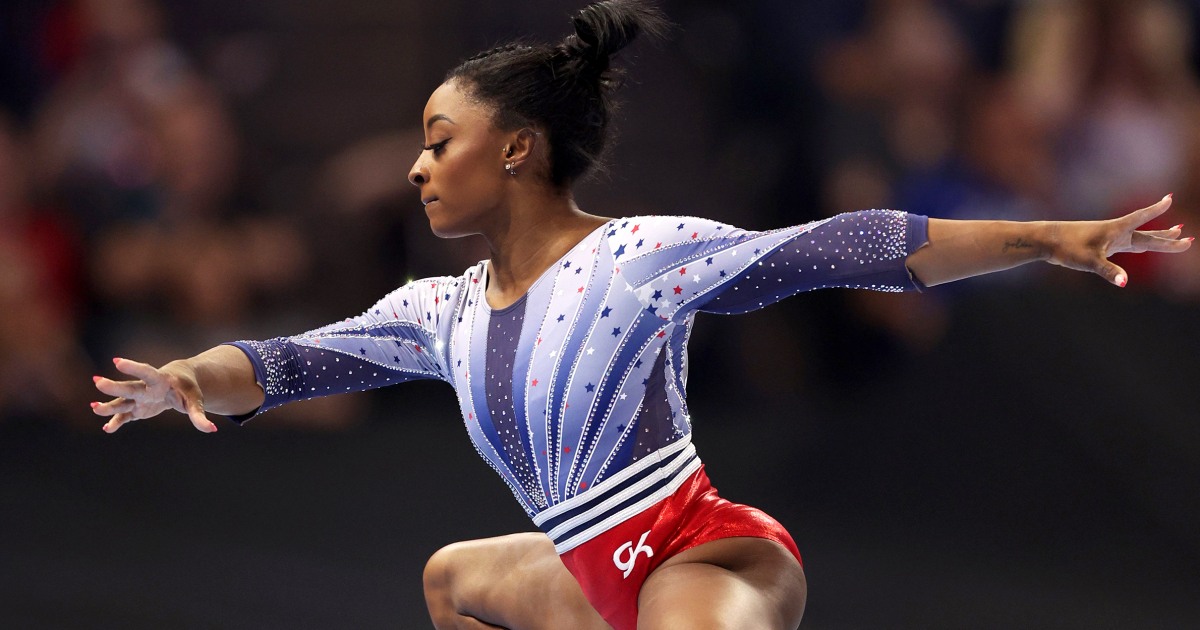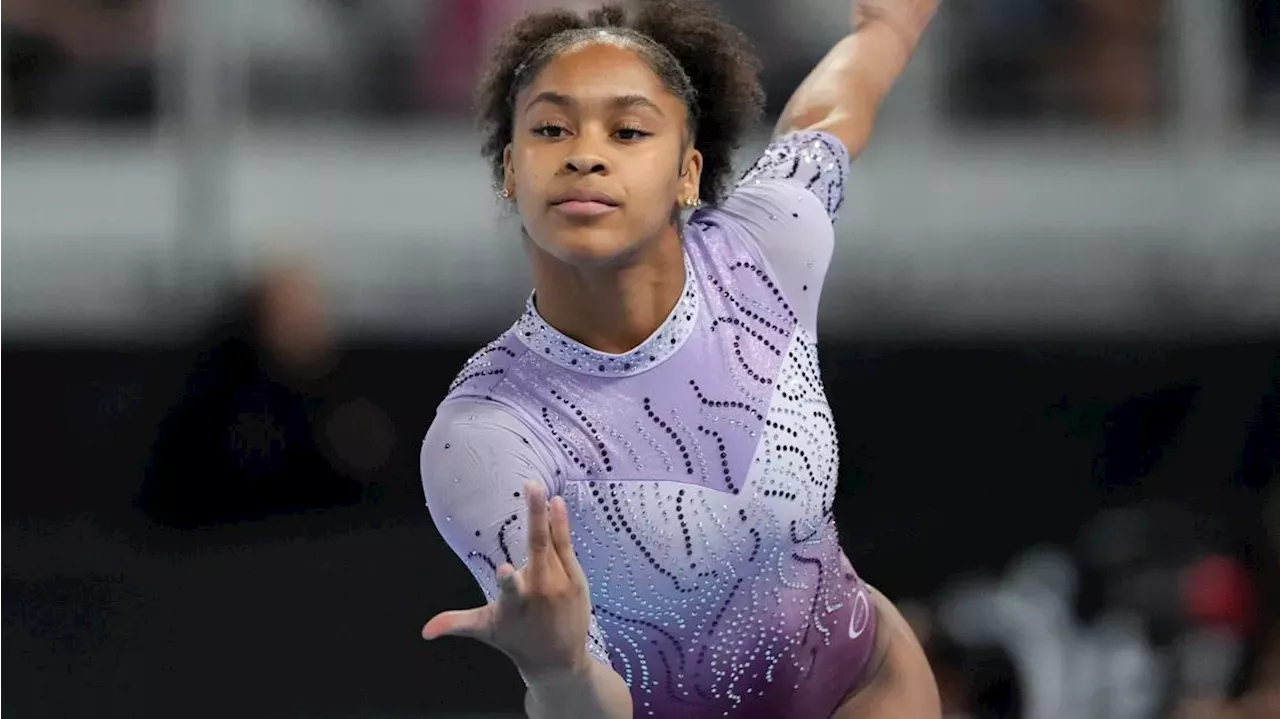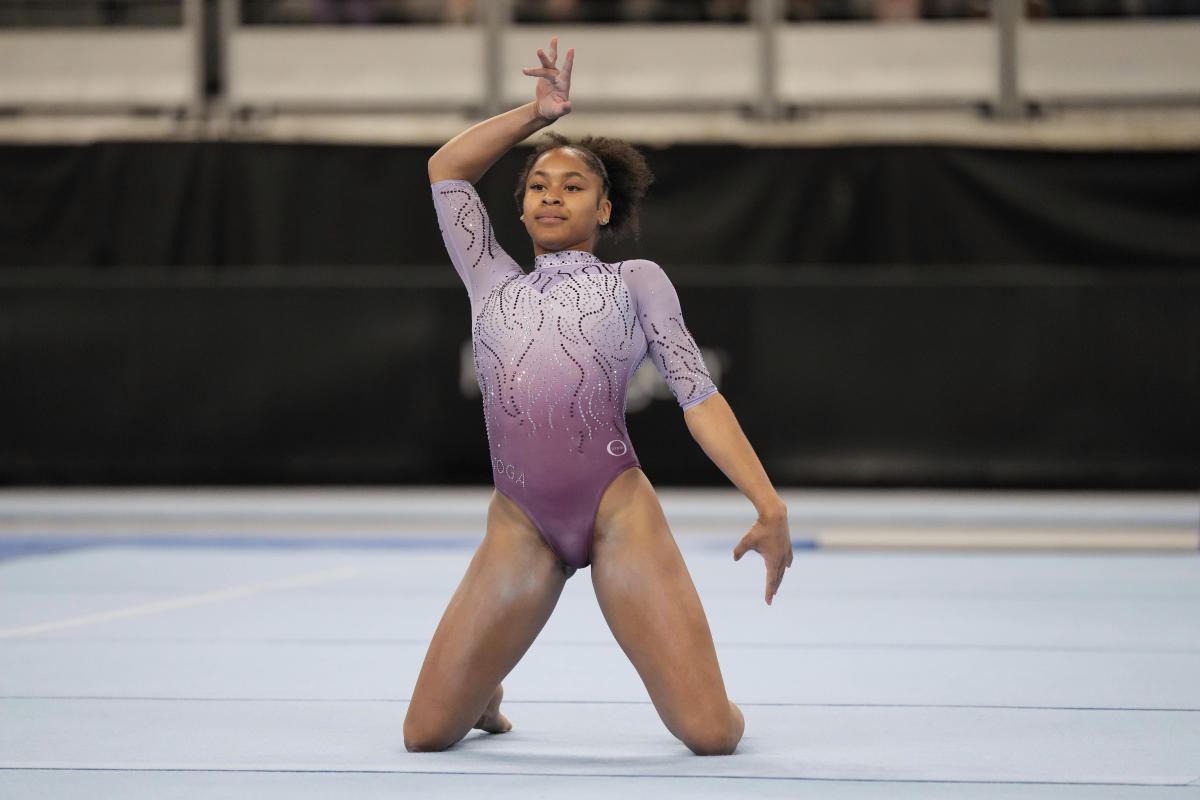Common Gymnastics Injuries

Gymnastics is a demanding sport that requires immense physical strength, flexibility, and coordination. However, the rigorous training and complex maneuvers involved also pose a significant risk of injuries. Gymnasts are prone to a wide range of injuries, affecting various body parts and with varying degrees of severity.
Frequency and Severity
The frequency and severity of gymnastics injuries vary depending on the specific injury type, the gymnast’s skill level, and training intensity. Some injuries are more common among recreational gymnasts, while others are more prevalent in elite athletes. The severity of an injury can range from minor sprains and strains to debilitating fractures and dislocations.
Common Injury Types
The most prevalent gymnastics injuries include:
- Ankle sprains: Sprains of the ankle ligaments are common due to landings from jumps and dismounts.
- Knee injuries: These can include patellar tendinitis (jumper’s knee), anterior cruciate ligament (ACL) tears, and meniscus tears.
- Wrist injuries: Gymnasts often experience wrist sprains and fractures due to falls or improper landings.
- Shoulder injuries: Rotator cuff tears, shoulder dislocations, and impingement syndrome are common in gymnasts.
- Back injuries: Lower back pain, disc herniations, and spondylolysis (stress fracture of the spine) can result from repetitive high-impact movements.
- Elbow injuries: Gymnasts may develop elbow pain, including medial epicondylitis (golfer’s elbow) and lateral epicondylitis (tennis elbow).
- Hand injuries: Gymnasts frequently sustain finger sprains, dislocations, and fractures from falls or gripping equipment.
- Foot injuries: Stress fractures, plantar fasciitis, and Achilles tendon injuries are common among gymnasts.
- Head injuries: Concussions and other head injuries can occur during falls or collisions with equipment.
These injuries can significantly impact a gymnast’s performance and training, and in some cases, may require extensive rehabilitation or even surgery. It is crucial for gymnasts to follow proper training techniques, utilize appropriate safety measures, and seek prompt medical attention for any injuries to minimize the risk and severity of these conditions.
Risk Factors and Prevention Strategies

Gymnastics injuries – Gymnastics is a demanding sport that requires high levels of flexibility, strength, and coordination. However, this demanding nature also makes gymnasts susceptible to various injuries. Understanding the risk factors that contribute to these injuries and implementing effective prevention strategies is crucial for ensuring the safety and well-being of gymnasts.
Risk factors for gymnastics injuries can be broadly categorized into intrinsic and extrinsic factors. Intrinsic factors include individual characteristics such as age, flexibility, strength, and body composition. Extrinsic factors encompass environmental factors such as training intensity, equipment design, and coaching practices.
Intrinsic Risk Factors
- Age: Younger gymnasts are at a higher risk of injuries due to their developing bodies and immature neuromuscular systems.
- Flexibility: Insufficient flexibility can increase the risk of muscle strains and tears.
- Strength: Lack of adequate strength can lead to joint instability and muscle imbalances, increasing the likelihood of injuries.
- Body Composition: Overweight or obese gymnasts are at a higher risk of lower extremity injuries due to increased stress on joints.
Extrinsic Risk Factors
- Training Intensity: Excessive training loads and high-impact exercises can overload muscles and joints, leading to injuries.
- Equipment Design: Poorly designed or maintained equipment, such as uneven bars or mats, can increase the risk of falls and impact injuries.
- Coaching Practices: Inadequate supervision, improper technique instruction, and lack of appropriate warm-ups and cool-downs can contribute to injuries.
Effective prevention strategies for gymnastics injuries involve addressing both intrinsic and extrinsic risk factors. These strategies can be implemented by gymnasts, coaches, and training facilities.
Prevention Strategies for Gymnasts
- Gradual Progression: Gradually increasing training intensity and avoiding sudden increases in workload.
- Proper Warm-Ups and Cool-Downs: Preparing the body for exercise and promoting recovery.
- Injury Prevention Exercises: Incorporating exercises that strengthen muscles and improve flexibility.
- Proper Nutrition: Ensuring adequate intake of nutrients to support muscle growth and repair.
- Adequate Rest: Allowing the body to recover and prevent overuse injuries.
Prevention Strategies for Coaches, Gymnastics injuries
- Qualified Coaching: Ensuring coaches are certified and knowledgeable in proper technique and injury prevention.
- Individualized Training Plans: Tailoring training programs to each gymnast’s abilities and needs.
- Safe Training Environment: Maintaining well-maintained equipment and a safe training space.
- Injury Surveillance: Monitoring gymnasts for signs of injuries and taking appropriate action.
- Communication: Encouraging open communication with gymnasts about pain or discomfort.
Prevention Strategies for Training Facilities
- Safe Equipment: Investing in high-quality, well-maintained equipment.
- Proper Surfaces: Ensuring training surfaces provide adequate cushioning and support.
- Injury Prevention Programs: Implementing injury prevention programs for gymnasts of all levels.
- Education: Providing educational resources on injury prevention for gymnasts, coaches, and parents.
- Collaboration: Working with medical professionals to develop and implement comprehensive injury prevention strategies.
By addressing risk factors and implementing effective prevention strategies, gymnasts, coaches, and training facilities can significantly reduce the likelihood of injuries in gymnastics. This allows gymnasts to train and compete safely, maximizing their potential and enjoying the benefits of this demanding but rewarding sport.
Treatment and Rehabilitation: Gymnastics Injuries
The treatment and rehabilitation of gymnastics injuries vary depending on the severity and type of injury. The primary goal of treatment is to reduce pain, restore function, and prevent further injury.
Treatment options may include:
- Rest
- Ice
- Compression
- Elevation
- Medication
- Physical therapy
- Surgery
Physical therapy plays a vital role in the rehabilitation process. Physical therapists can help gymnasts regain range of motion, strength, and flexibility. They can also teach gymnasts how to modify their training to prevent further injury.
Surgery may be necessary in some cases, such as for torn ligaments or fractures. However, surgery is usually only considered after other treatment options have failed.
Proper rehabilitation is essential for long-term outcomes. Gymnasts who do not properly rehabilitate their injuries are more likely to experience recurrent injuries or develop chronic pain.
Importance of Proper Rehabilitation
Proper rehabilitation helps to:
- Reduce pain
- Restore function
- Prevent further injury
- Improve overall fitness
Gymnasts who properly rehabilitate their injuries are more likely to return to their previous level of performance and enjoy a long and healthy career.
The path to the Olympics is paved with countless hours of grueling training, pushing the body to its limits. Gymnastics, in particular, demands immense physical prowess, but it also carries a high risk of injuries. As the women gymnastics olympic trials draw near, the pressure intensifies, and so does the concern for athletes’ well-being.
Gymnastics injuries can range from minor sprains to career-ending traumas, highlighting the need for proper conditioning, injury prevention, and timely medical attention.
Gymnastics, with its graceful leaps and acrobatic feats, often carries the risk of injuries. But for those who dare to push their limits, there are dedicated professionals like the dicello gymnast , who tirelessly work to prevent and rehabilitate such injuries.
Their expertise ensures that gymnasts can continue their pursuit of excellence, minimizing the impact of injuries on their remarkable careers.
